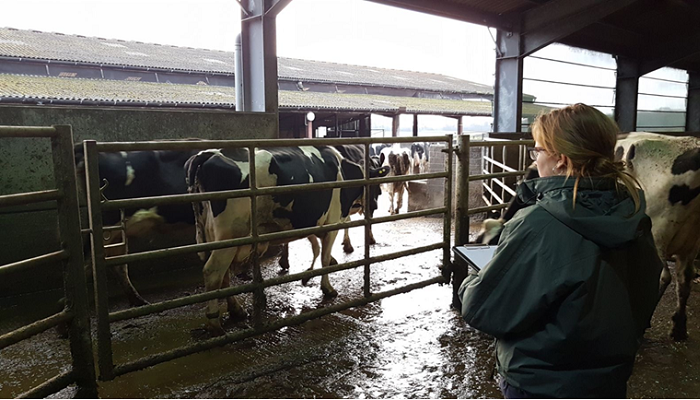24 July 2023
Get ahead of dairy lameness risks in the coming weeks

Tom Fallon, Teagasc Kildalton, tells us why the August-October period of the grazing season is the critical risk time for lameness in dairy herds and how to mange it.
Over 90% of lameness problems in grazing herds in Ireland are mechanical in nature, caused by injury/wear and tear to feet. The condition of roadways is the single biggest factor affecting the incidence of lameness (see AHI Monthly News July 2023). With the recent wet weather, there may be increased risk of poor road surface conditions, especially where verges are impeding drainage.
Hooves are soft after wet weather, a small stone chip gets trapped in the white line, abscess or infection develops, if left untreated the cow can develop a ‘drop’ or foot swelling which can lead to severe lameness.
A big issue we would like to highlight is the importance of early detection and intervention. In Kildalton College if one lame cow is noticed then hoof trimming is arranged immediately. Invariably there will be other cows that need some minor attention so the hoof trimmer call-out is worthwhile. This early intervention is very important and give much better long term results.
For early detection it is necessary that you really see your cows walking on a hard surface such as a roadway or concrete. Doing locomotion scores is a systematic way of assessing cow mobility. Hoof trimmers can be very busy when the problem becomes acute on farms which often leads to delayed treatment, more pain on affected animals and money lost to the farmer. It pays to detect and treat straight away.
